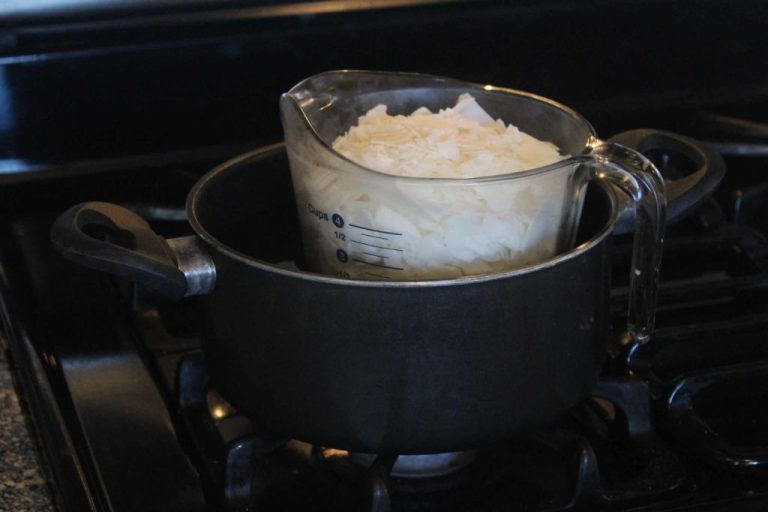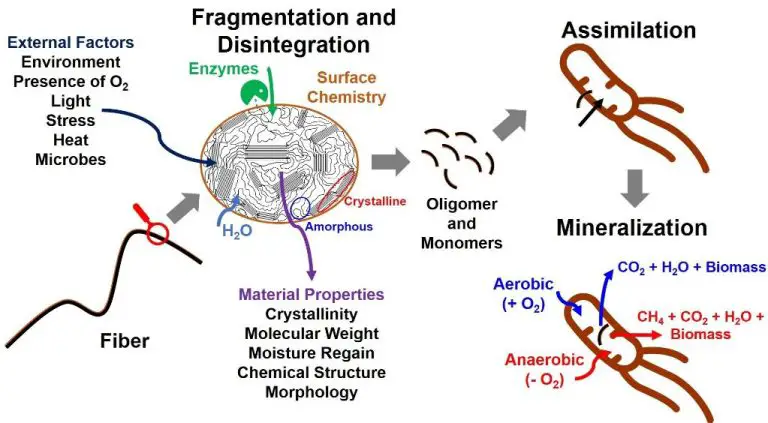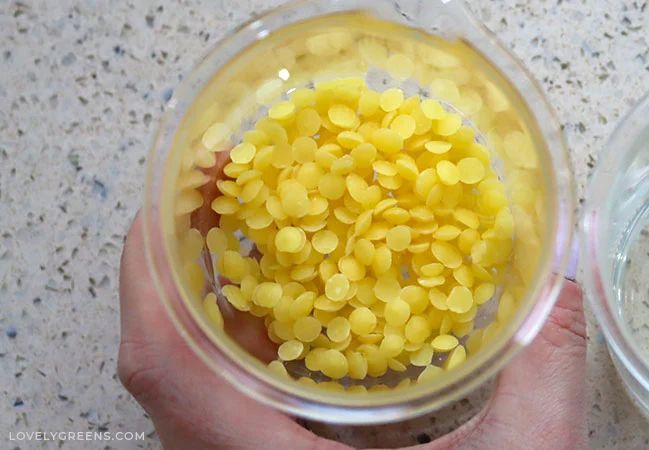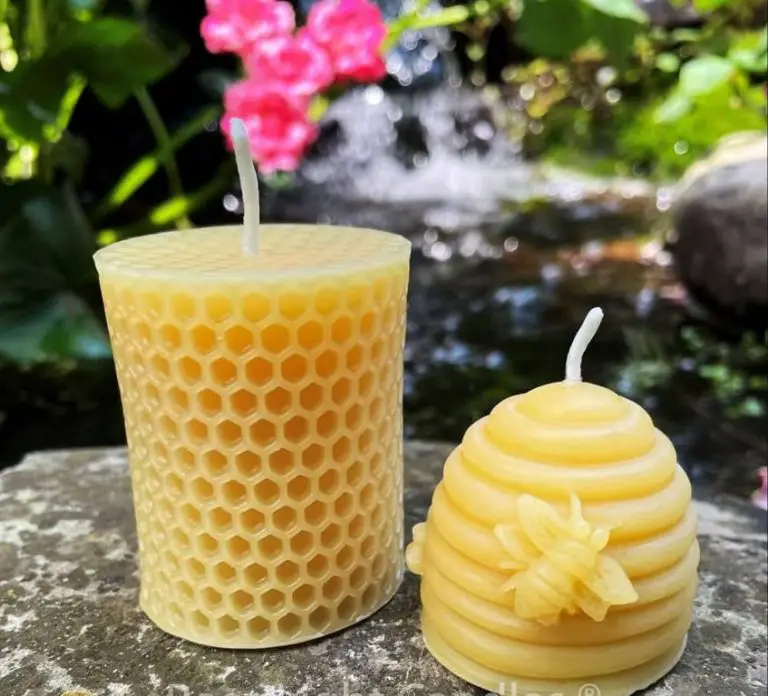What Can I Use As A Substitute For Wick?
What is Wick and How is it Used?
A wick is a specially designed cord or fiber strand that delivers fuel to the flame in candles, oil lamps, and other devices that provide illumination through controlled burning. The wick’s primary purpose is to draw up the liquid wax or oil via capillary action and provide a continuous supply of fuel to sustain the flame. As the fuel is burned and evaporated by the flame, the wick absorbs more liquid to replace it. This creates a self-sustaining cycle that allows the wick to keep the flame lit over an extended period.
Wicks are typically made from materials that can readily absorb liquid fuels. Common traditional wick materials include cotton, paper, and twisted strands of fiber such as linen or cotton cord. The wick material needs to be porous and have a fairly loose weave so the liquid can travel up the wick through capillary motion. The wick also needs to be able to burn slowly and at an even rate without creating smoke or extinguishing the flame.
In candles, the wick is positioned in the center of the solid wax fuel source. As the flame melts the wax near the wick, the liquefied wax is then drawn up into the wick to feed the flame. In oil lamps, the wick hangs down into a reservoir filled with oil or grease, absorbing the liquid fuel to create a flame. The key function of the wick in both cases is bringing the fuel to the flame in a controlled, steady manner to sustain the burning process.
Why Substitute Wick?
There are several reasons you may want or need to use a substitute for traditional wick materials:
Cost Savings – Traditional wicks made of braided cotton can be expensive, especially for frequent crafters or candle makers. Substitute materials like paper, wood, or fabric scraps allow you to make wicks at a fraction of the cost.
Unavailability – In some regions or situations, premade braided cotton wicks can be hard to come by. Finding accessible substitute materials allows hobbyists to continue their craft wherever they are.
Sustainability – Many crafters are looking for more eco-friendly options to traditional wicks. Substitutes made from recycled paper, reused fabric scraps, or natural materials like wood splints are greener alternatives.
The main reasons for substituting traditional wick materials are cost savings, unavailability, and sustainability. Substitutes allow crafters, candle makers, and hobbyists to continue their craft while reducing costs, working with accessible materials, and decreasing environmental impact.
Cotton as a Wick Substitute
Cotton can make an effective substitute for traditional wicking materials due to its absorbent fibers. The soft, fluffy nature of cotton allows it to soak up and hold liquid, slowly releasing it over time. This makes it a good option for candles, oil lamps, torches, and other applications that require controlled fuel dispersal.
Before using cotton as a makeshift wick, it helps to prepare it properly. Cotton balls or soft cotton cord work best. Pull apart and loosen the cotton fibers so they are lightly fluffed. This increases surface area and improves capillary action. Avoid tightly packed cotton, as this can hinder liquid absorption and distribution. You may also consider braiding or twisting loose cotton strands to create a firmer wick shape.
The advantages of cotton wicks include availability, low cost, and adjustable thickness. Cotton can be shaped into wicks of varying widths to accommodate different sized candle containers or lamps. Compared to traditional wicks, cotton may require more frequent trimming as it can develop into swollen mushroom shapes. It also lacks stiffness, so floating wicks are difficult without a support system. Overall though, cotton makes a handy substitute when standard wicking supplies are unavailable.
Paper as a Wick Substitute
Paper can make an excellent substitute for traditional wick in candles and oil lamps. Paper is inexpensive, widely available, and burns relatively cleanly and slowly when prepared properly.
Thin paper works better than thick cardstock for wicks. Printer paper, tissue paper, rice paper, and coffee filters are all good options. The key is using a paper that will curl up and maintain a stiff wick shape, rather than getting soggy with oil or wax.
To make a paper wick, start by cutting your paper into strips approximately 1/2 inch wide. The length depends on the container – a good rule of thumb is to make the wick 1.5-2 times the height. Twist the strip tightly until it coils. For extra stiffness, brush the twisted paper lightly with craft glue or vegetable oil. Let dry completely before use.
Paper wicks burn slower and cooler than cotton. This makes them good for oil lamps and containers with narrow openings. However, paper can leave more ash behind. Occasionally trimming the wick while burning can minimize residue. Test different papers to find one with ideal burning properties for your purposes.
Wood Splints as a Wick Substitute
Wood splints can make an excellent substitute for traditional wicking in candles, oil lamps, and other applications. When selecting wood, avoid treated lumber or anything that may contain resin or sap. Good options are smooth, dry hardwoods like birch, maple, aspen, and bamboo.
The wood should be cut into thin, narrow strips or splints that maximize surface area. Sand any rough edges for a smooth finish. Before use, wood splints should be dried thoroughly to remove moisture. Priming them by soaking in melted wax will help the wood better absorb and wick liquid wax or oil.
Wood splints tend to burn slower and cooler than cotton wicks, producing less soot. They require less maintenance and trimming than cotton. Depending on width and thickness, wood can sustain a larger flame while resisting collapse as it burns. This makes wood better for some applications like oil lamps, though narrower strips work best in jar candles.
Alternative Fabric Wick Materials
Fabrics can also make great substitutes for traditional candle wicks. Some of the most common fabric materials used include hemp, linen, and burlap. These fabrics need to be prepared properly before they can be used as wicks.
The main treatment for fabric wicks is to boil them first. This helps remove any coatings, chemicals, or oils that may be present on the fabric. Boiling also helps make the fibers more rigid and less likely to fray. Once boiled, the fabric should be thoroughly dried before using as a wick.
The main benefits of using fabric as a candle wick are that they tend to be very inexpensive and easy to find. Fabrics also provide a natural look and feel to candles. However, fabric wicks may need more frequent trimming than traditional wicks since the weave can become compressed and stop wicking efficiently. They also tend to leave more soot behind. Overall, with proper preparation, fabrics make a good eco-friendly and decorative wick substitute.
Wick Substitutes from Nature
Nature offers an abundance of materials that can be foraged and used as homemade wick substitutes. Certain plants, barks, and resins have properties that allow them to slowly burn and draw up liquid fuel when configured into a crude wick.
Cattail fluff, mullein stalks, yucca fibers, and peeled dogbane stalks are just some examples of plants that can provide natural wicking ability. Shagbark hickory, cedar, birch bark and pine resin may also be crafted into a makeshift wick with a bit of DIY handiwork.
The main benefits of utilizing these freely available organic materials are their zero cost and low environmental impact. Additionally, natural wick substitutes can provide a rustic, old-fashioned ambiance when used in oil lamps or candles. However, drawbacks include their inconsistent burning properties compared to manufactured wick and the time investment required to scout and prepare materials.
With some trial and error, creative crafters can locate an assortment of plants, barks, and resins from their surroundings to produce serviceable, eco-friendly wick substitutes. While not as convenient as store-bought wick, foraging for materials can be an enjoyable nature-based activity and worthwhile endeavor for the resourceful do-it-yourselfer.
Unconventional Wick Substitutes
With some creativity and experimentation, you can find unconventional wick substitutes using everyday materials you already have around the house. The key is choosing a material that will absorb and draw up wax or oil while burning slowly and steadily. Some unique options to try are:
Ropes: Cut up pieces of a cotton or hemp rope to create a wick that provides a natural, earthy look. The fibers allow the flame to travel gradually up the wick.
Shoelaces: Cotton shoelaces work similarly to cotton ropes. Simply cut the aglets off each end and unwind the laces for your DIY wick.
Twine: Like rope and shoelaces, twine made of natural fibers can replace a standard wick. Unravel the strands slightly for the best capillary action.
Strips of fabric: Old cotton t-shirts, socks, or other natural fabric cut into strips allow wax to travel up the wick while burning slowly.
Wood shavings: Allow wood shavings to absorb wax or oil before molding into a wick shape. The porous nature of wood makes it a natural choice.
Testing non-traditional wick materials to find the right width, absorbency and burning rate takes some trial and error. But with creativity and an experimental mindset, you can discover an unconventional solution with items already on hand.
Wick Substitute Considerations
When selecting a substitute for wick, it’s important to test it thoroughly before use to ensure optimal capillary action and flame stability. Here are some key considerations when testing wick substitutes:
Testing Substitutes Before Use
Before relying on a wick substitute in a candle or oil lamp, test it to make sure it draws up fuel properly. Check that the material absorbs liquid via capillary action and sustains an even flame when lit. Test with small pieces first to determine suitability before using it in a larger application.
Adjusting Width/Braiding for Ideal Capillary Action
The width and braiding of the wick substitute impacts how well it draws up liquid fuel via capillary action. Wider wicks and looser braids tend to work better for thicker fuels like oils, while thinner wicks and tighter braids work well for lighter fuels like wax. Adjust the width and braiding as needed to achieve optimal capillary flow for the specific fuel being used.
Fire Safety
Proper wicking is crucial for fire safety, as a wick that is too wide or loose can produce excess smoke or allow the flame to dip down into the fuel reservoir. Test wick substitutes for flame height, smokiness, and combustion before relying on them for household use. Also check that substitute materials are non-toxic when burned.
When to Use a Traditional Wick
While wick substitutes can work in many cases, there are some situations where a traditional wick is still the best option:
Situations where substitutes fall short – For certain applications like oil lamps, stoves, and candles, cotton and paper wicks are engineered to be optimal. Substitutes may not burn as evenly, cleanly, or brightly. This could lead to more smoke, soot, or risk of fire.
Consulting manufacturers’ recommendations – If using a commercial product like a candle, lamp, or stove, check the manufacturer’s guidance. They often recommend specific wick types to pair with fuels and materials. Substituting an untested material could pose safety issues or yield poor performance.
Achieving optimal results – With applications like candles and oil lamps, traditional wicks are designed to maximize burn time, limit mushrooming, and prevent clogging. Substitutes may not burn as long, evenly, or cleanly. For best results, traditional wicks are the way to go.
The bottom line is that while wick substitutes can work in a pinch, for optimal safety and performance in certain applications, it’s best to use the specific wick recommended by the manufacturer.






